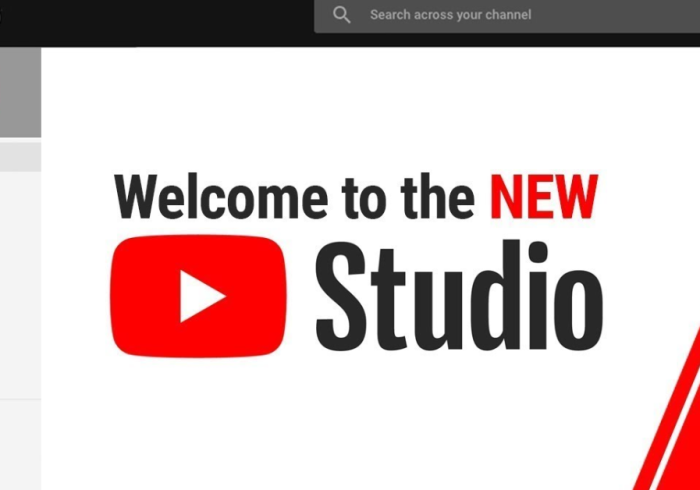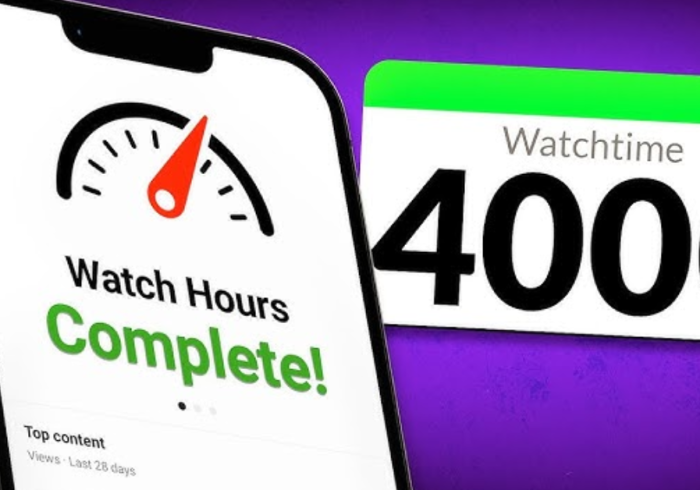YouTube likes play a significant role in shaping a video’s success, influencing both its visibility on the platform and its relationship with viewers. While they may seem like a simple metric, likes offer a wealth of insights and advantages for content creators, marketers, and even YouTube’s algorithm itself. Below is a comprehensive breakdown of why YouTube likes matter and how they impact your channel’s growth.
1. Engagement Metric for YouTube’s Algorithm
YouTube’s algorithm relies heavily on engagement signals, and likes are one of the key factors it uses to determine how relevant a video is. Engagement metrics such as likes, comments, and shares tell YouTube that viewers find the video interesting, helpful, or entertaining. A video with a high number of likes is seen as more likely to provide value to viewers, which can increase its chances of being recommended by YouTube’s recommendation engine and appearing in the “Suggested Videos” feed.
- Increased Visibility: YouTube tends to recommend videos that generate significant engagement. This is because YouTube’s goal is to keep users engaged on the platform, and videos with higher likes (along with other engagement signals) are more likely to do so. This results in greater organic reach for videos, meaning more people discover and watch your content.
2. Audience Validation and Social Proof
Likes are a form of social proof. When new viewers come across a video, seeing a high like count can influence their perception of its quality. A video with many likes suggests that it has been appreciated by others, which can encourage more users to watch, like, and engage with the content. This phenomenon is a crucial part of building trust and credibility on the platform.
- Psychological Impact: Humans are social creatures and often look to others for validation when making decisions. If a video has many likes, it serves as an implicit endorsement, motivating others to interact with the content. This can be particularly helpful for new creators or those trying to build their audience base.
3. Impact on YouTube’s Search Results
YouTube not only ranks videos based on keywords but also considers how well videos perform in terms of engagement. While views are important, videos with higher engagement (likes, comments, and shares) are often given a higher ranking in YouTube search results. This means that videos with more likes are more likely to be surfaced for relevant search queries, leading to greater discoverability.
- SEO and Ranking: As part of YouTube’s overall algorithm, likes help with the search engine optimization (SEO) of your videos. Higher engagement signals to YouTube that your video is valuable to viewers, which can improve its chances of appearing higher in search results and suggested video feeds.
4. Brand and Creator Reputation
For content creators and brands, likes are an important indicator of success and audience sentiment. High engagement through likes not only boosts your visibility on the platform but also sends a signal to potential sponsors and collaborators that your content resonates with your audience. This can lead to more lucrative opportunities, including sponsorships and brand deals.
- Attracting Sponsorships: Brands typically look at a channel’s engagement rate (including likes) to assess whether it is worth investing in. If your videos have high engagement, it demonstrates to potential sponsors that you have an active, interested audience, which makes your channel more attractive for partnerships.
5. Encouraging Content Improvement and Growth
Likes offer valuable feedback to creators about what their audience enjoys. By tracking which videos receive the most likes, creators can identify patterns in content preferences—whether it’s a particular type of video, a specific subject matter, or a certain style. This allows for data-driven decisions about the type of content to produce in the future, increasing the likelihood of further success.
- Content Strategy: By observing which videos consistently garner more likes, creators can fine-tune their content strategies to better align with audience interests. This helps in maintaining and growing the channel by focusing on producing content that resonates most with the viewer base.
6. Monetization Potential
Likes, along with other engagement signals, contribute to the eligibility of a channel for monetization. For example, if you want to qualify for YouTube’s Partner Program (which enables you to earn money through ads), having high engagement rates—especially likes—is important. Channels with a higher number of likes are often viewed more favorably by YouTube’s monetization algorithm.
- Ad Revenue: Channels with greater engagement often experience more advertising revenue. Advertisers are more likely to invest in channels where they can expect good interaction and visibility, making likes a contributing factor to increased revenue opportunities.
7. Feedback for Algorithmic Adjustment
For YouTube, likes are not just a way of measuring engagement but also a form of feedback. When a video receives a significant number of likes, it signals to the platform that the content is aligned with viewer preferences. YouTube uses this feedback to tweak its algorithm and enhance user experience. This ensures that the platform continues to recommend videos that are most likely to keep users engaged.
- Algorithm Calibration: Likes can help YouTube refine its understanding of what content resonates with users, ensuring that it continues to recommend videos that lead to more views and longer watch time
Likes on YouTube play a crucial role in the platform’s ecosystem. They influence YouTube’s algorithm, drive organic growth, provide social proof, and increase discoverability, making them a vital aspect of content performance. By understanding the importance of likes and focusing on creating content that resonates with your audience, you can increase your chances of success on YouTube, attract more viewers, and ultimately grow your channel. While likes are just one piece of the puzzle, they remain an essential metric for building credibility, engagement, and revenue on the platform.



